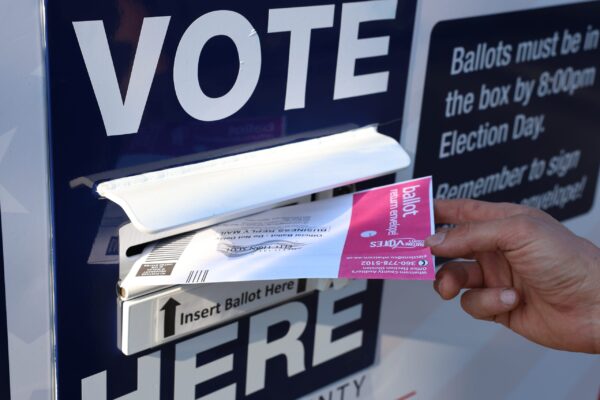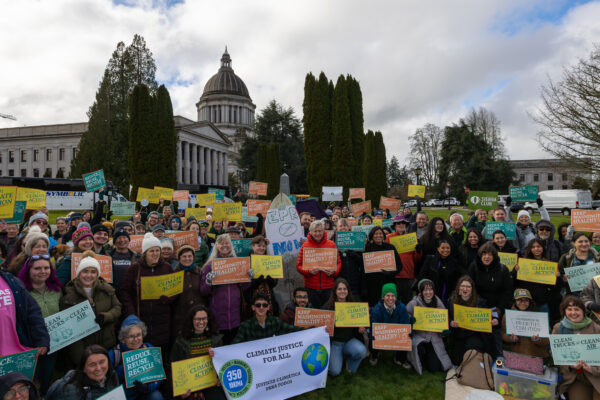Women have long been at the forefront of protecting people and nature as one. In Washington state alone, female environmental champions have helped to preserve more than 4 million acres of wildlands. You don’t have ponder long to come up with other examples: Rachel Carson in the 1960s making the connection between pesticides and bird die-offs; Jane Goodall fighting to protect both human communities and ecosystems in Africa; Greta Thunberg starting a solo sit-in in front of the Swedish parliament in 2018 and sparking a global climate change movement. Of course, there are many, many others.
Since March is Women’s History month, here are several women to remember, both at the national level and locally, in Washington state:
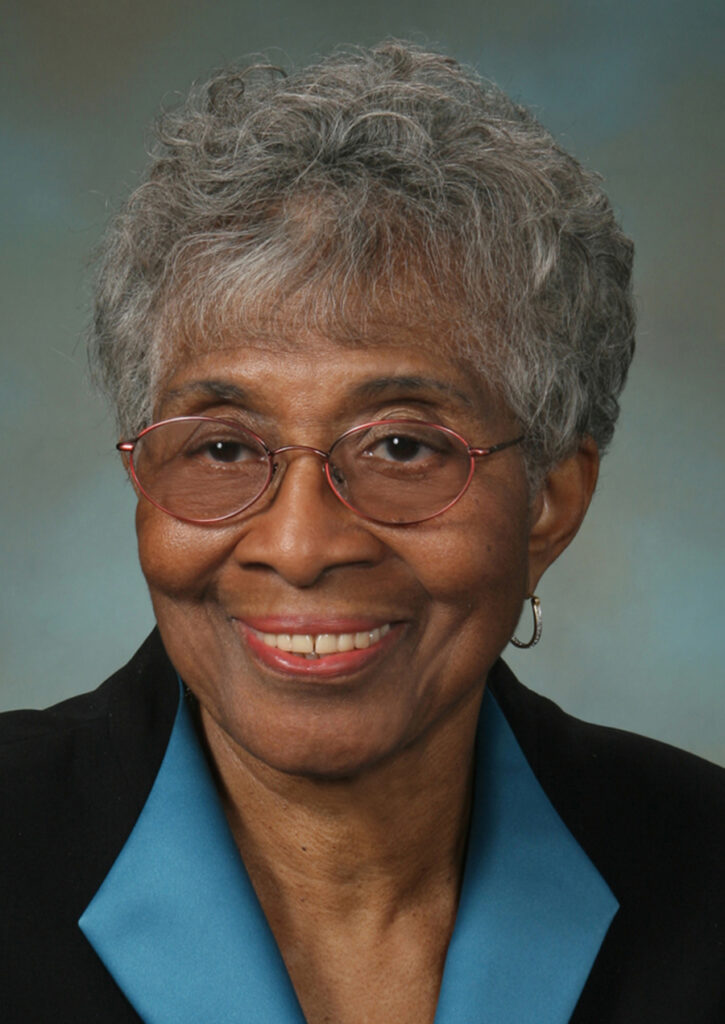
Rosa Gourdine Franklin (1927- ) in 1990 became the first Black woman to serve as a Washington state senator. With a background in nursing, she focused on health care and social justice. She sponsored the state’s first environmental justice bill, which passed in the senate, but not the house. Still, she managed to get language from the bill included in the budget that provided funds to study public health and the environmental impact of hazardous waste sites and industrial pollution sources. The study confirmed that low-income and people of color disproportionately suffer from the effects of pollution. This helped to lay the groundwork for the Healthy Environment for All (HEAL) Act of 2021.
Quote: The Constitution represents all of us, not just a select few.
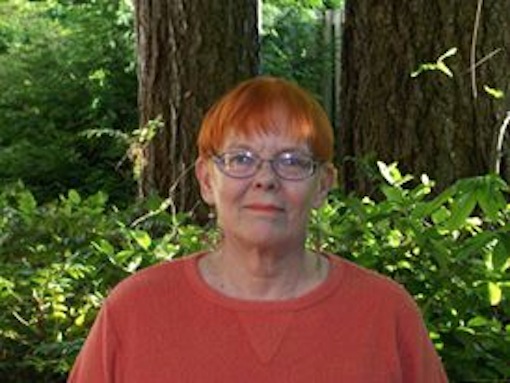
Bonnie Phillips (1919-2015) worked as a volunteer for the Audubon Society on the Olympic Peninsula. In 1976, the National Forest Management Act held that all parts of the forest ecosystem—birds, plants, insects, human beings—affect how that habitat functions. In response, Audubon asked Phillips to map old growth forests, first in the Olympics, but later all over the state. In the 1980s, the USDA Forest Service didn’t have a clear idea of where the old growth remained on its lands, so Phillips organized an “Adopt-A-Forest” program to find out. She spearheaded the formation of the Washington Ancient Forest Alliance, and gained the respect of the Forest Service. For decades, she organized and fought timber sales, becoming a force in forest conservation. She helped to save countless acres of trees.
Quote: Work with the opposition when we can, and sue them when we have to.
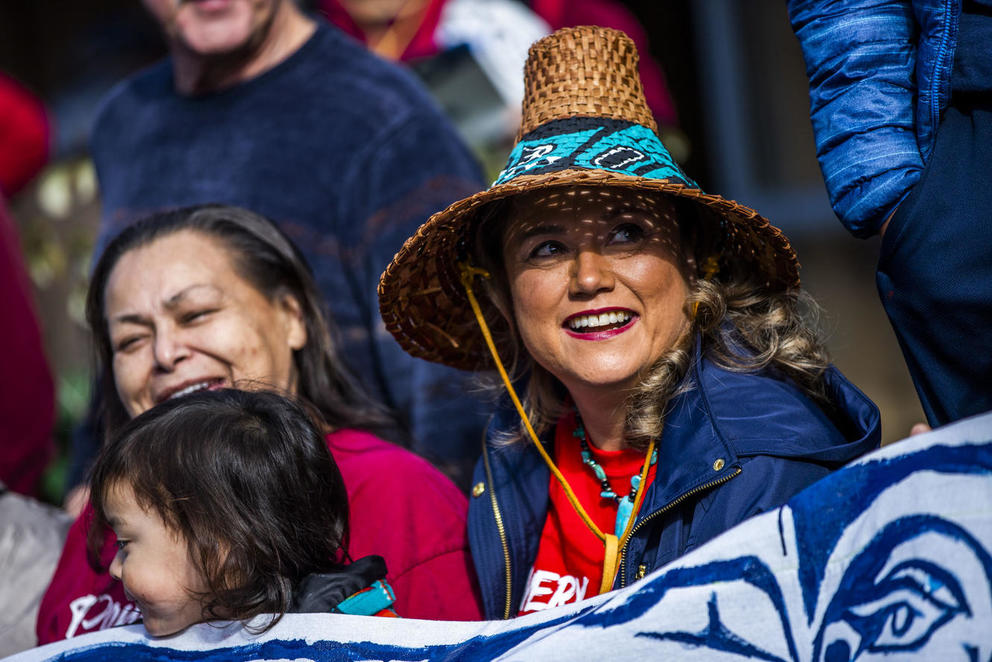
Fawn Sharp (1970- ) is a member, and past president, of the Quinault Nation, and serves at the 23rd president of the National Council of American Indians (NCAI). Sharp, an attorney, reveres the activists who in the 1970s fiercely fought for the fishing rights included in Tribal Treaty Rights. She has vowed to hold accountable the companies that continue to sell dirty fuels for the collapse of fisheries. She cites a Scientific American report that the fossil fuel industry was aware of the dangers of climate change as early as 1977. Sharp was the first Tribal leader issued diplomatic credentials by the Department of State. She represented the NCAI at the 2021 United Climate Change Conference.
Quote: Those directly responsible for causing the damage [of climate change] should be paying.

Judy Alsos (1924-2022) in 1955 moved to the Skyline neighborhood in Tacoma, just downwind from ASARCO smelter. It wasn’t long before she noticed that kids in the neighborhood seemed to have lots of coughs, and many had trouble breathing. She started holding community meetings to talk about the problem, eventually founding the Citizens’ Committee on Air Pollution. In 1961, the committee collected more than 1,100 signatures protesting the pollution created by the smelter and then presented them to the Tacoma City Council and the Pierce County Commissioners. Alsos’ advocacy eventually forced the county and the state to address the pollution. The ASARCO smelter smokestack was demolished in 1993.
National Conservationists to Know
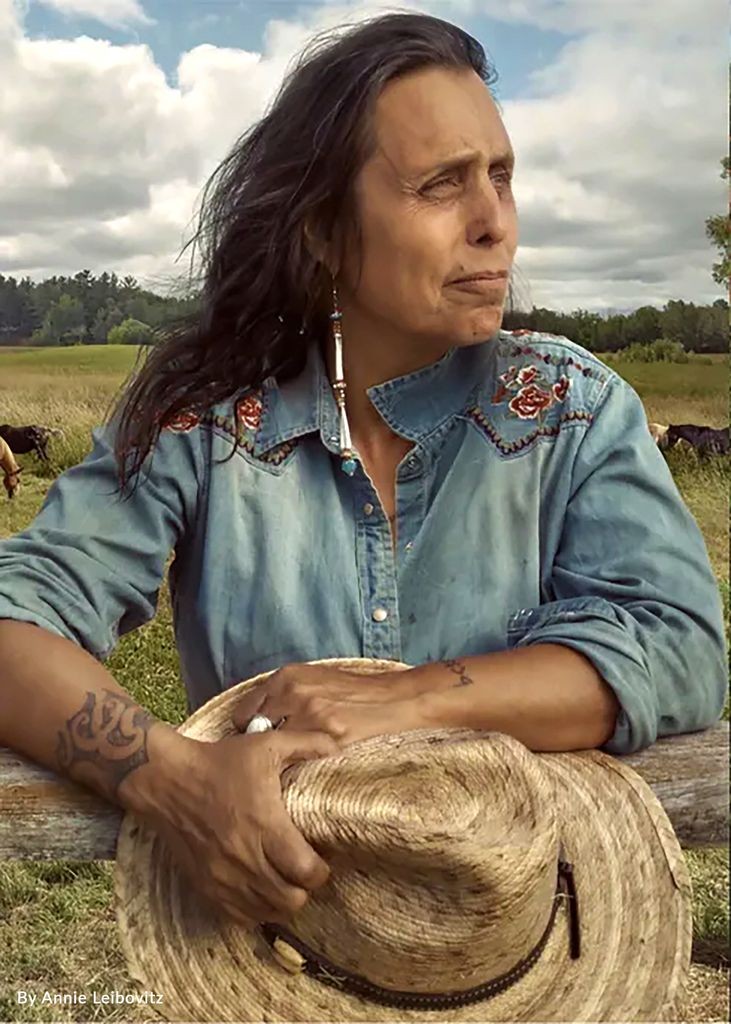
Winona LaDuke (1959- ) grew up watching her father fight for the treaty rights of his Anishinaabekwe (Ojibwe) Tribe on Minnesota’s White Earth Reservation. LaDuke studied economic development at Harvard University, and when she graduated, she took a position as principal of the reservation high school. In her Tribe’s traditional connection to the land, LaDuke saw the potential for developing sustainable methods to produce everything from wild rice to energy. Her non-profit, the White Earth Land Recovery Project, sells traditional foods under the label “Native Harvest.” She also co-founded Honor the Earth, a Native-led organization that provides grants for Indigenous environmental projects.
Quote: If we build a society based on honoring the Earth, we build a society that is sustainable and has the capacity to support all life forms.

Lisa P. Jackson (1962- ) started as a chemical engineering staffer at the Environmental Protection Agency, and eventually worked her way to the top job as administrator of the agency, where she spearheaded programs to protect clean water, reduce harmful emissions and help communities unfairly at risk from pollution. After leaving the EPA, she joined Apple, where she oversees programs that seek to minimize the environmental impacts of business through green materials and cleaner energy sources.
Quote: Environmental challenges have the power to deny equality of opportunity and hold back the progress of communities.
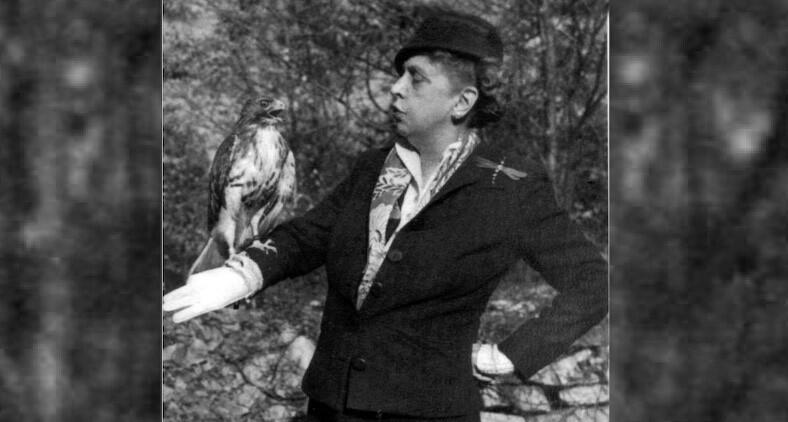
Rosalie Barrow Edge (1877-1962) was born into a wealthy New York family and fought for women’s suffrage in the early 20th century. She became interested in birdwatching in the 1920s, horrified to learn that tens of thousands of bald eagles were being slaughtered in Alaska, but were not protected because they weren’t rare at the time. Using skills she’d developed as a suffragette, she founded the Emergency Conservation Committee, dedicated to protecting both common and rare wildlife. In 1934, she put a stop to an annual eagle and hawk hunk on a ridge in Pennsylvania’s Appalachian Mountains by buying the property and there establishing the first bird of prey refuge, Hawk Mountain Sanctuary. Data from that sanctuary would later help Rachel Carson prove the link between the pesticide DDT and declining eagle populations.
Quote: The time to protect a species is while it’s still common.

Marjorie Stoneman Douglas (1890-1998) was a young society columnist in Florida when she learned that the state’s iconic sawgrass swamps were fast being drained to make way for urban development. She started researching this wilderness area and wrote a bestselling book, The Everglades: The River of Grass (1947), that changed how the public viewed this ecosystem. Many credit her book with garnering the support necessary to establish Everglades National Park.
Quote: There are no other Everglades in the world. They are, they have always been, one of the unique regions of the earth; remote, never wholly known. Nothing anywhere else is like them.
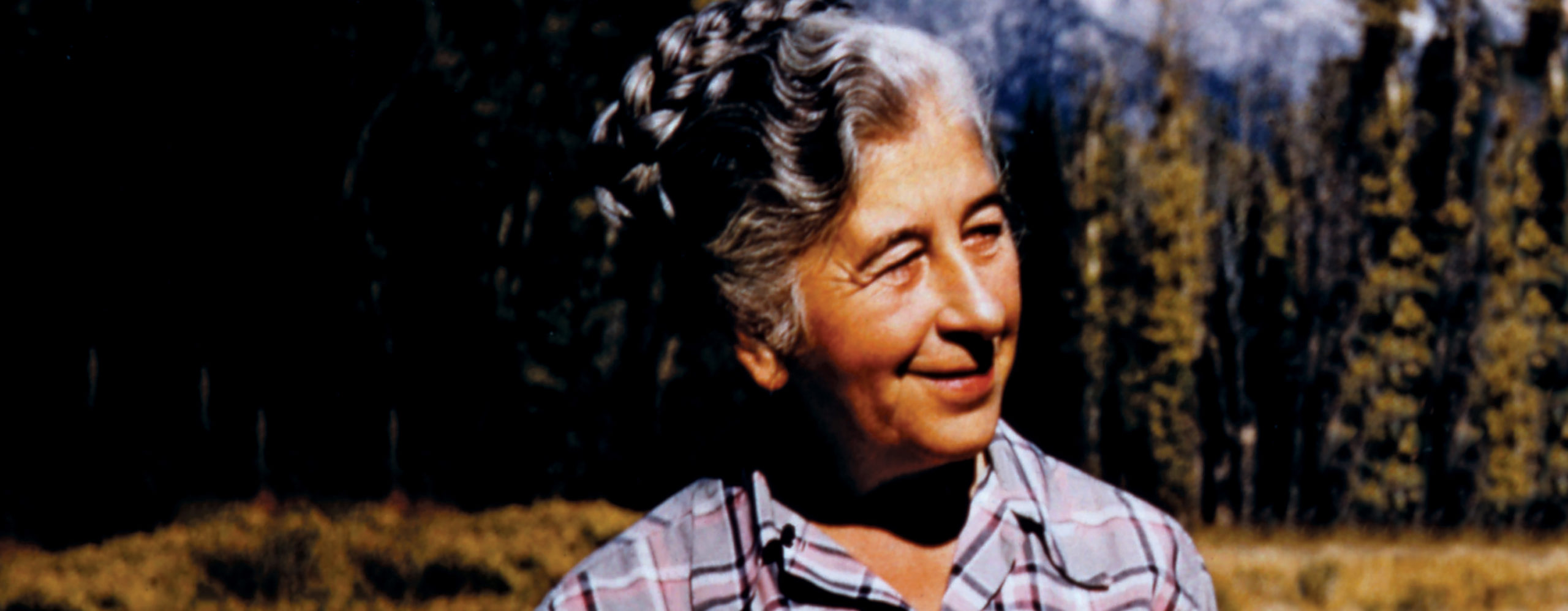
Margaret “Mardy” Thomas Murie (1902-2003) along with her husband Olaus, Margaret spent 40 years studying wildlife in backcountry trips through Alaska and Wyoming. In 1956, the couple started a campaign to save some of Alaska’s pristine wilderness, eventually convincing President Dwight D. Eisenhower to set aside 8 million acres that became the Artic National Wildlife Refuge (ANWR). She was later instrumental in helping to pass the Wilderness Act, which officially defines and protects 100 million acres in more than 800 wilderness areas. In 1986, she helped pass legislation that doubled the size of the ANWR.
Quote: If we allow ourselves to be discouraged, we lose our power and momentum. That’s what I would say to you of these difficult times. If you are going to that place of intent to preserve the Arctic National Wildlife Refuge or the wild lands in Utah, you have to know how to dance.

